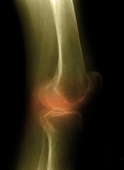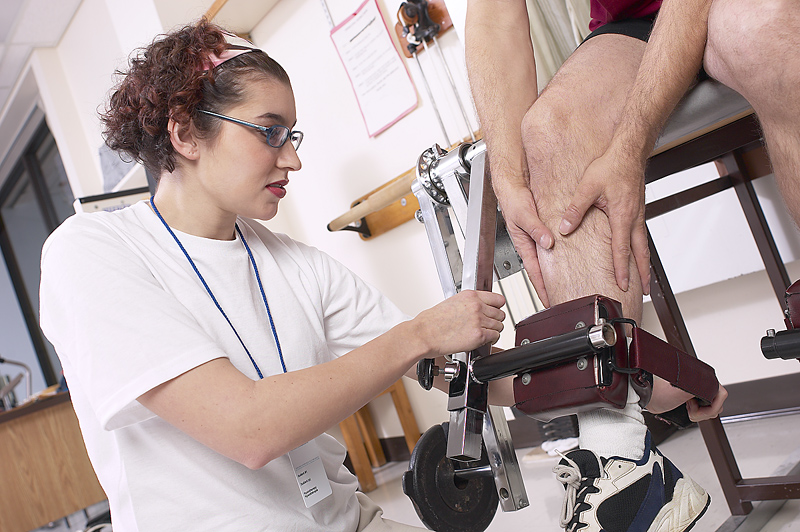
MONDAY, Nov. 26 (HealthDay News) — For middle-aged adults trying to protect their knee health, it may be best to avoid extreme ends of the exercise spectrum, such as too much high-impact exercise or too little physical activity, researchers have found.
While playing tennis and running can speed up the deterioration of knee cartilage, so can just sitting on the couch, investigators from the University of California, San Francisco, pointed out.
Using MRI scans, the researchers monitored changes in the right knee cartilage of 205 patients over the course of four years. Cartilage at the patella, femur and tibia of the right knee joint were examined when the study began, at a two-year visit and again after four years.
The participants, who ranged in age from 45 to 60 years, also kept track of their physical activity in a questionnaire. Some of the participants involved in the study also wore an accelerometer, a device used to record physical activity.
The study was scheduled for presentation Monday at the annual meeting of the Radiological Society of North America, in Chicago.
“In this study, we used the subjective measure of a questionnaire,” Dr. Thomas Link, a professor of radiology and chief of musculoskeletal imaging at UCSF, said in a society news release. “The accelerometers provide a more objective way to measure physical activity.”
The study found high-impact physical activity is associated with greater cartilage deterioration and increased risk for osteoarthritis. The participants who were the most active had an accelerated “T2 relaxation time.” But the same was true for those with very low levels of activity, the investigators found.
The study authors concluded that there may be an ideal amount of physical activity that people should get that will protect their knee cartilage, and cartilage measurements could allow doctors to detect changes at an earlier stage when they could still be reversed.
“Lower-impact sports, such as walking or swimming, are likely more beneficial than higher-impact sports, such as running or tennis, in individuals at risk for osteoarthritis,” Link pointed out in the news release.
About half of people in the United States could develop knee osteoarthritis by the time they are 85 years old, according to the U.S. Centers for Disease Control and Prevention. They estimate that about 67 million American adults will have physician-diagnosed arthritis by 2030.
The data and conclusions of research presented at medical meetings should be viewed as preliminary until published in a peer-reviewed journal.
While the study found an association between activity levels and knee problems, it did not prove a cause-and-effect relationship.
More information
The American Academy of Orthopaedic Surgeons has more about knee arthritis.

